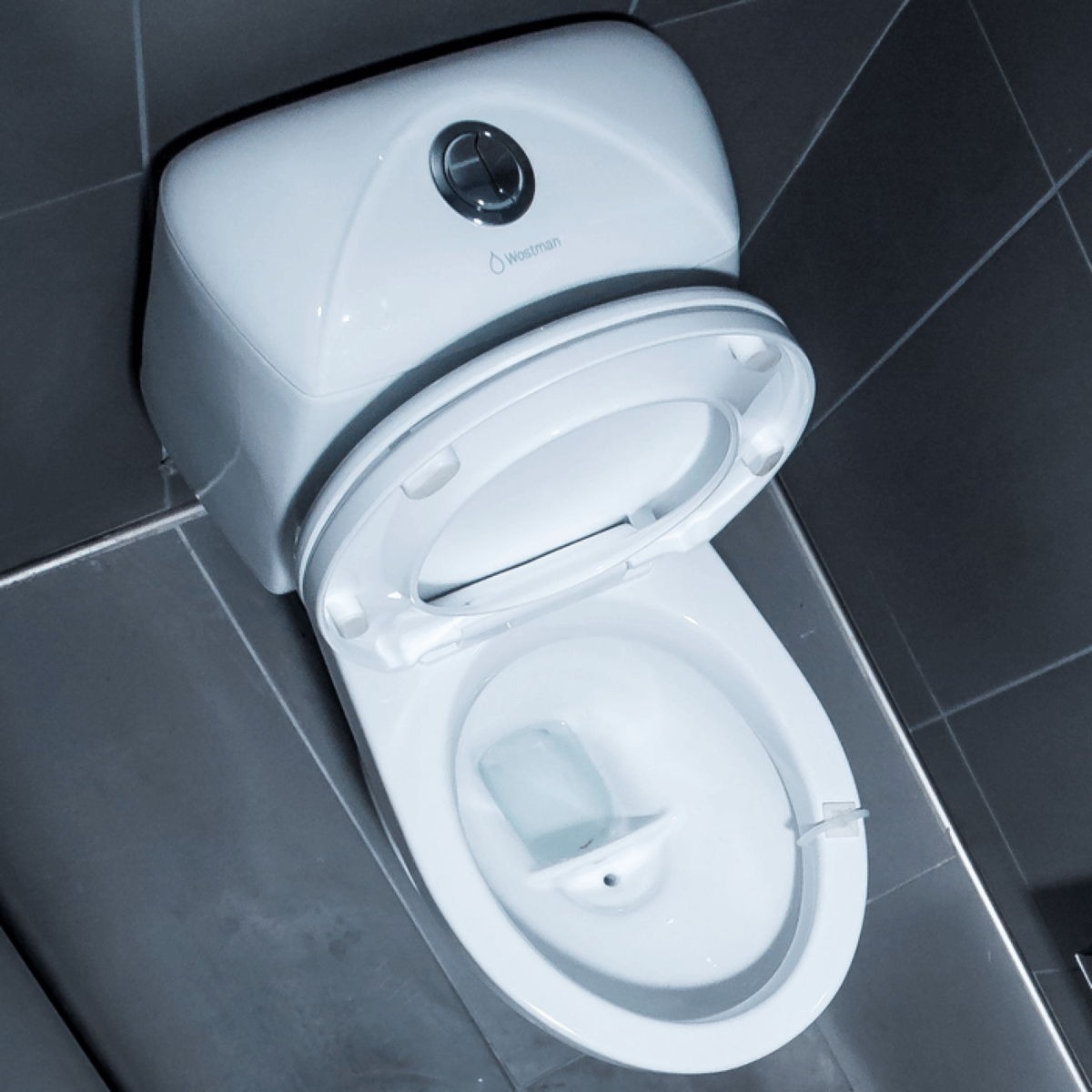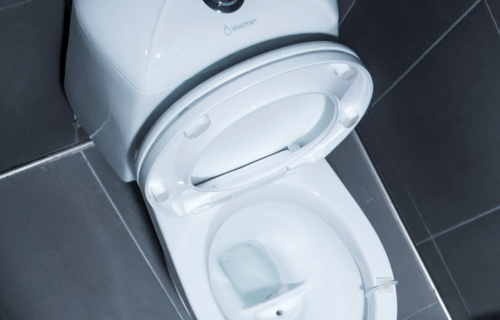WASHINGTON — Studies show that it’s a good idea to always close the lid before flushing — unless you want to breathe in a bunch of feces and urine particles. In a public restroom, keeping the lid down can also help keep away any contagious viral particles sitting in someone’s waste. Now, scientists have another solution to the bathroom flushing problem — urine-diverting toilets. New research suggests this special type of toilet does a better job of preventing virus particles from flying up into the air after a flush.
Previous studies have shown how flushing a toilet can lead to the ejection of countless droplets of water, containing urine and feces, into the air. The particles can land on surfaces or are inhaled by people nearby. If you’re sharing a bathroom or are using a public space, there is always a chance of contagious pathogens such as noroviruses, adenoviruses, and human polyomaviruses spreading through the air.
One of the reasons why viral particles from waste spray out into the air in the United States is because of the type of toilet we use. Most toilets in America are the traditional mix flush type where they empty into one large water-filled compartment. An alternative, but less-used version, is the urine-diverting system. It contains two compartments: one to collect urine in the front and another that removes fecal waste through the back water-filled compartment.
Viruses mixed in urine would, in theory, be expelled through the urine-diverting section. However, it’s unclear how much of the remaining viral particles that remain in the water are ejected into the air compared to traditional toilets. Understanding the level of virus released from flushing would give a better idea of which toilets have the greater potential to spread disease.

Nearly 6 times as many virus particles come out of a standard toilet!
The study authors added solutions containing 10 billion surrogate viruses into the water of traditional and urine-diverting toilets in a university restroom. The solutions and the number of viruses simulated the viral levels typically released when a person goes to the restroom. The viruses in the solutions also mimicked the ones in human urine and feces. The first type of virus was the MS2 bacteriophage, which is similar to the norovirus (which causes severe vomiting and diarrhea). The team also used T3, which simulated the effects of adenovirus (cause of several respiratory illnesses) and polyomavirus (a type of virus associated with inflammation of the kidneys).
The team covered the toilet bowls with plastic film and flushed. Airborne particles were captured with the plastic film, which the study authors measured to see how much MS2 and T3 splashed on it.
Fewer than one percent of the virus surrogates splashed up from the water and into the plastic wrap. When researchers added protein to the water — simulating the proteins found in urine — traditional toilet water sprayed out tens of times more MS2 and T3 than urine-diverting toilets.
The team also calculated what type of viral particles were the more likely to come out in a single flush. They estimated that up to 390 million noroviruses are released from traditional toilets. Meanwhile, 67 million genome copies of noroviruses are released from urine-diverting toilets. While these norovirus levels fall into the realm of an infectious dose, the team says it’s unlikely a person would be exposed to all of the particles at once because some would evaporate, and others would die during handwashing. Future research will focus on measuring a person’s risk of getting sick from exposure to different viral particles sprayed out after flushing.
The study is published in the journal ACS ES&T Water.


Please! You have an immune system and by now, if you have used any bathroom in your house, a ball park, restaurant, hospital, government building, or anywhere else, you have been exposed. It’s nice to think that a toilet like this is going to protect you from germs but the fact is, they are everywhere.
Eat healthy, exercise and wash your hands.